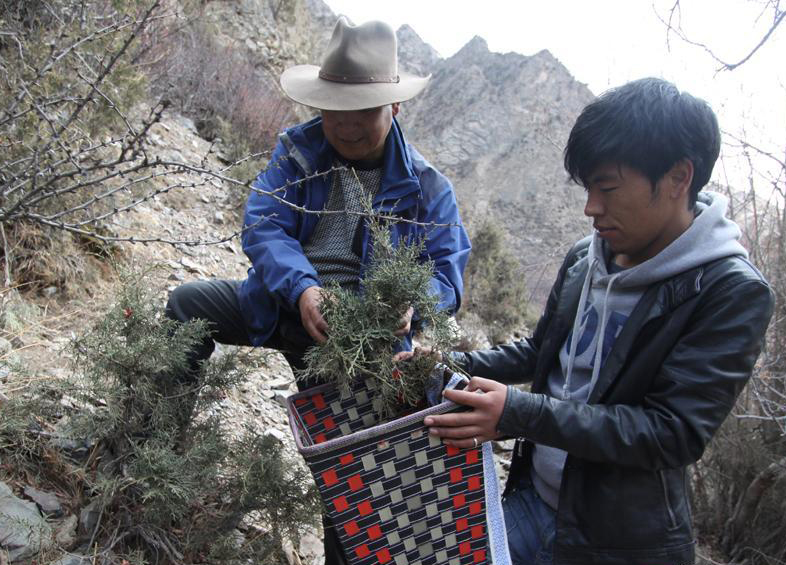Large-scale wild Tibetan donkeys observed in real-time at Yellow River source for first time
"At about 14:00 on December 29, 2018, we observe a population of more than 520 wild Tibetan donkeys foraging in real-time with the Qinghai 'ecology window' (a remote video observation system) in the Yellow River source region in Yemaling, Madoe County of Golog Prefecture. It was really spectacular," Li Hongqi, director of northwest China’s Qinghai Environmental Information Center, said in an interview on January 2.
"This is the first time that a large number of wild Tibetan donkeys have been observed at the source of the Yellow River since we established the system," said Li Hongqi.
The monitoring time lasted three hours, and the observation data has been uploaded to the mass storage system, the Qinghai Environmental Protection Cloud Platform.
The wild Tibetan donkey is a national first class protected animal. It is a unique hoof animal on the Qinghai-Tibet Plateau and lives in an alpine desert environment at 4,000 to 5,500 meters above sea level. It is the only wild hoof animal on the plateau. The number of wild Tibetan donkeys observed this time has increased significantly compared with previous observations. This is closely related to the increase in grassland space, increased wildlife conservation, and habitat improvement in the Yemaling area of Madoe County.
Editor: Tommy Tan.
Tibet Stories

My New Year Wishes
In 2019, I hope my parents will be healthy, everything goes well in my work, the country wil...
Latest News
- Egypt uncovers intact 4,400-year-old pharaonic tomb near Giza pyramids
- UN climate conference adopts rulebook for implementing Paris deal
- Service of Chinese Americans in World War II to be formally recognized
- Germany suffers severe Santa shortage as Christmas draws near
- 7-year-old in good health, border agents said; then she died






